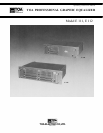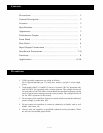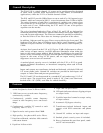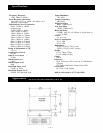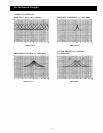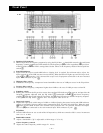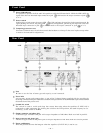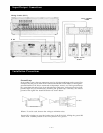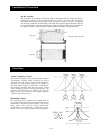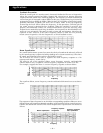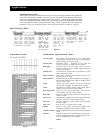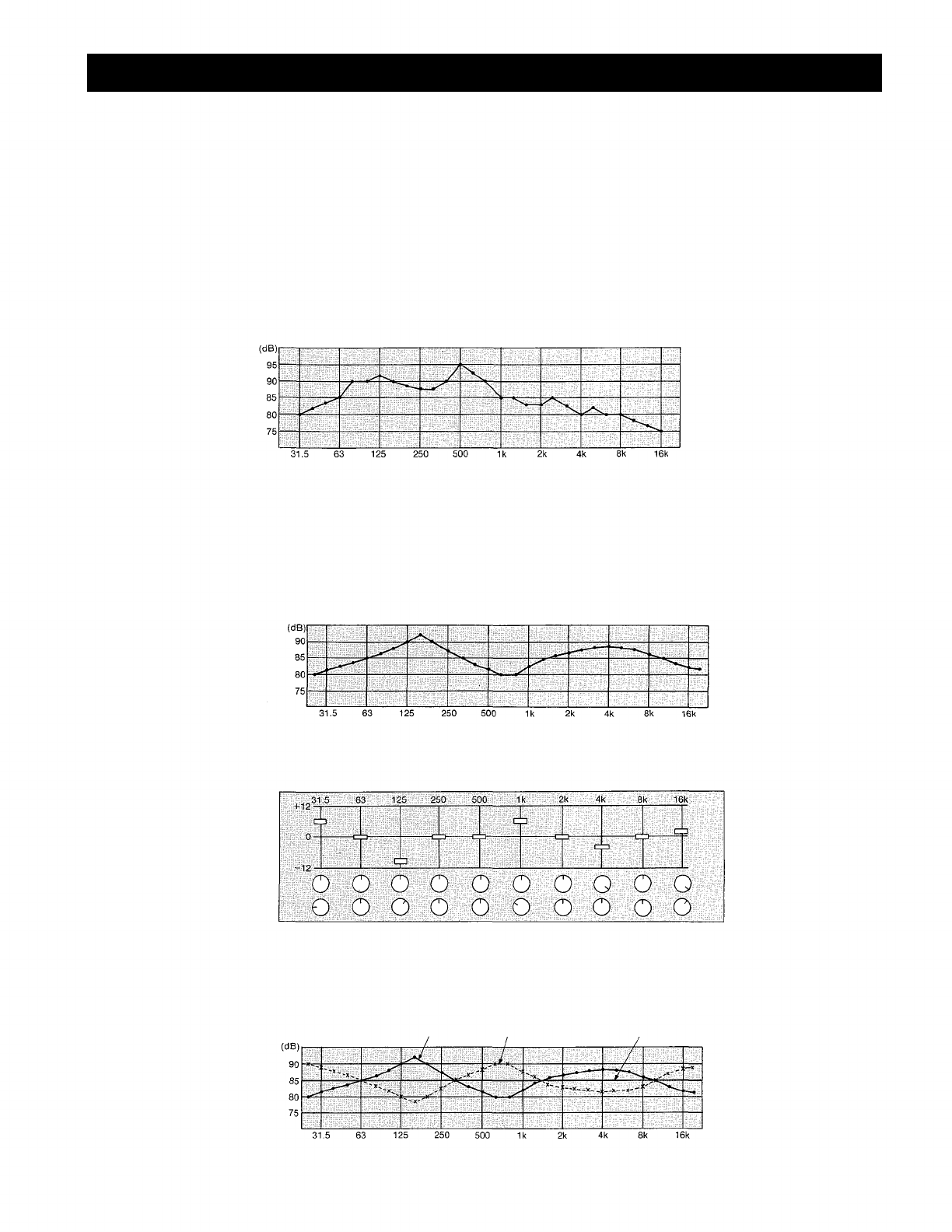
Feedback Prevention
When the overall gain of a sound system is increased, feedback will occur at frequencies
where the system response has peaks. Suppose the system has an uneven frequency
response like that shown in the following diagram. The frequency at which feedback will
occur when gain is increased is about 500Hz. In this case, feedback may be prevented by
attenuating levels at 500Hz by 5dB to 7dB with the E 111/112. If the overall gain is again
gradually increased, feedback will occur next at about 125Hz. It may be stopped by
attenuating the levels 2dB to 3dB at that frequency. In this procedure, sufficient gain in
the sound system is obtained before feedback. When the equalizer is used for this
purpose, the bandwidth controls are turned anticlockwise to prevent affecting other
frequencies not needed for equalizing. In addition, the frequencies at which feedback will
occur are not necessarily the same for each system and environment, therefore the
equalizer is more effective if the center frequency control is made use of to precisely
match center frequencies with the frequencies at which feedback occurs.
Room Equalization
In a sound reinforcement system for a room, the clarity of sound can be adversely affected
by the room frequency response including standing waves (room resonances), reflections
of sound, and relations between direct and indirect sound.
The E
111/112
are
effective
tools
to
equalize
the
room
frequency
response
to a
flat
response and improve sound clarity.
The effective use of the equalizer sliders, center frequency controls, and bandwidth
controls make it easy to equalize various frequency responses in rooms to be flat.
For example, suppose that there is a room frequency response as shown below.
The equalizer sliders, center frequency controls and bandwidth controls are set as shown
below.
The response of those frequencies at which the corresponding equalizer sliders are set to
0dB positions will remain unchanged regardless of the positions of the center frequency
controls and bandwidth controls. The overall response after equalization will then be as
follows.
— 9 —
Frequency
Sound
Pressure
Level
Sound
Pressure
Level
Before equalization
Frequency response
of equalizer
Frequency response
after equalization
Frequency
Applications



